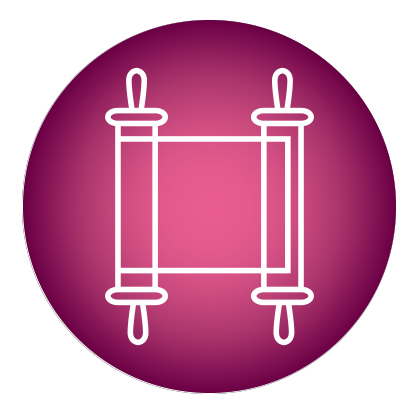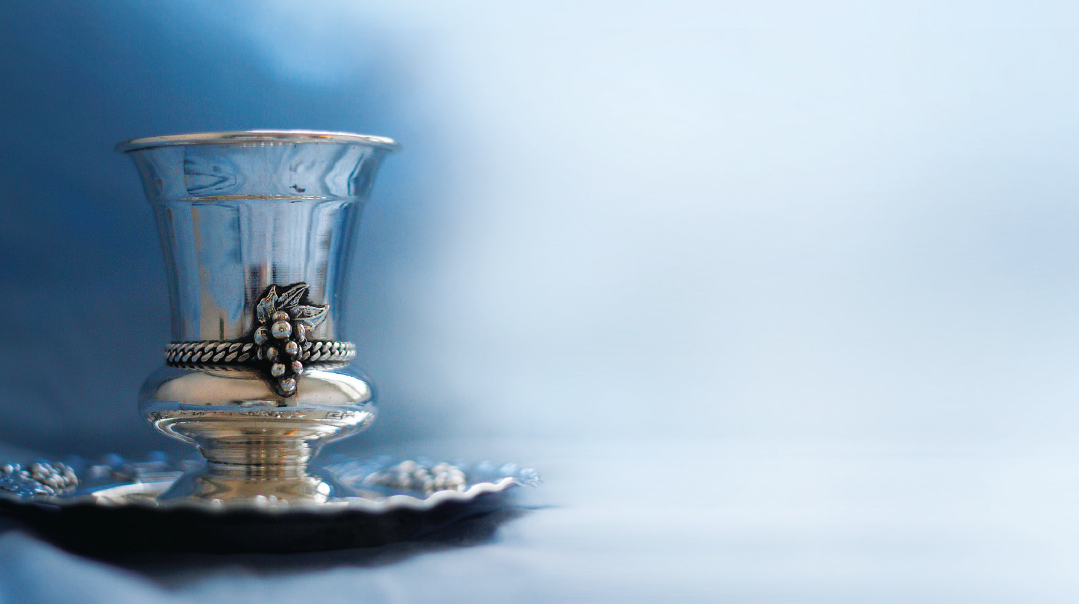Of Hands and Snakes

Both physical strength and intellectual power emanate solely from Hashem

“Moshe answered and said, ‘Perhaps they will not believe in me….’” (Shemos 4:1)
Moshe asked Hashem for signs to display to Klal Yisrael so they would believe he was Hashem’s messenger.
The first sign was the stick of Moshe transforming to a snake. The second sign was the hand of Moshe becoming white with tzaraas. Why specifically these two signs? (Rabbi P. G. Waxman).
Mankind has a need to place markers symbolizing ownership or power.
Picture the iconic photo of American marines raising the American flag on the island of Iwo Jima, or the similar photo over 50 years later of firefighters raising the American flag over Ground Zero.
Even the photo of Neil Armstrong’s flag rippling on the moon (conspiracy theory anyone?) portrays similar rights of ownership and power. We did it. Our smarts and our power put a man on the moon.
These thoughts are on my mind as the Israeli flag has cropped up over every surface. Cars, trucks, banners on buildings, and even baby carriages sport the blue and white blowing in the strong Israeli breeze all across the country.
But it was a different flag, a different banner, a few blocks away from my home that brought tears to my eyes and made me realize Who is the source of true power.
We see these two specific simanim, the hand and the snake, repeated when Klal Yisrael were in the Desert. When Amalek attacked Klal Yisrael, Moshe Rabbeinu raised his hands, and then Klal Yisrael prevailed over Amalek (Shemos 7:11).
The Mishnah explains that it wasn’t Moshe’s hands that brought about victory, but that when Bnei Yisrael looked upward, they subjugated their hearts to their Father in Heaven. Likewise, when snakes attacked Klal Yisrael (Bamidbar 21:6), Hashem commanded Moshe to erect a post and place a copper snake at its peak. Those who were bitten would view it and be healed.
The Mishnah reiterates: It’s not the snake itself that heals. Rather, when the sick look upward they subjugate their hearts to their Father in Heaven.
The question arises: We avoid the use of any material image or physical symbol during tefillah, even to increase our kavanah and focus. Other than looking in a siddur, we close our eyes during davening (Mishnah Berurah) and cover them while reciting the first pasuk of Shema.
Why, then, were the hands of Moshe and the snake used here to convince the Yidden that Moshe was Hashem’s messenger?
During this war, for the first time ever, my city sustained a direct missile attack. It fell in the playground of a cheder, just one block away from my husband’s kollel, right in the heart of the city. It was an outright neis that the number of wounded was so low — may they each have a refuah sheleimah bimheirah.
But miracles notwithstanding, the aftereffects were shocking and scary. For days I avoided that street, choosing to drive out of my way down side streets rather than see the sights of burned-out cars and shattered brick. Until one day my destination was right across from the site. As I pulled in to park, I forced myself to look across the street and take in the damage.
The pasuk states that of all the animals, the snake was most clever, and convinced Chava to eat from the Eitz Hadaas. The snake denotes intellectual capability. The hand characterizes physical might.
Each individual has two primary attributes of power and accomplishment: physical strength and intellectual knowledge, as represented by tefillin shel yad and tefillin shel rosh.
Thus, through these two signs given to Moshe at the Burning Bush, Hashem is teaching him this essential lesson before becoming Klal Yisrael’s leader: Both physical strength and intellectual power emanate solely from Hashem.
A water main had been hit, leaving the ground dug up as the city hastily repaired the pipe. There was a caravan that had been part of the school — now it was a hunk of twisted metal, its windows blown out. The cars had been towed away, but the scene was still one of devastating damage.
Yet it was the banner, the flag strung across the width of the entire playground fence that proclaimed far more than victory, power, or pride. In large letters blazoned across it read:
“Baruch she’asah lanu neis b’makom hazeh — Blessed is the One Who performed a miracle for us in this place!”
(Originally featured in Family First, Issue 875)
Oops! We could not locate your form.


